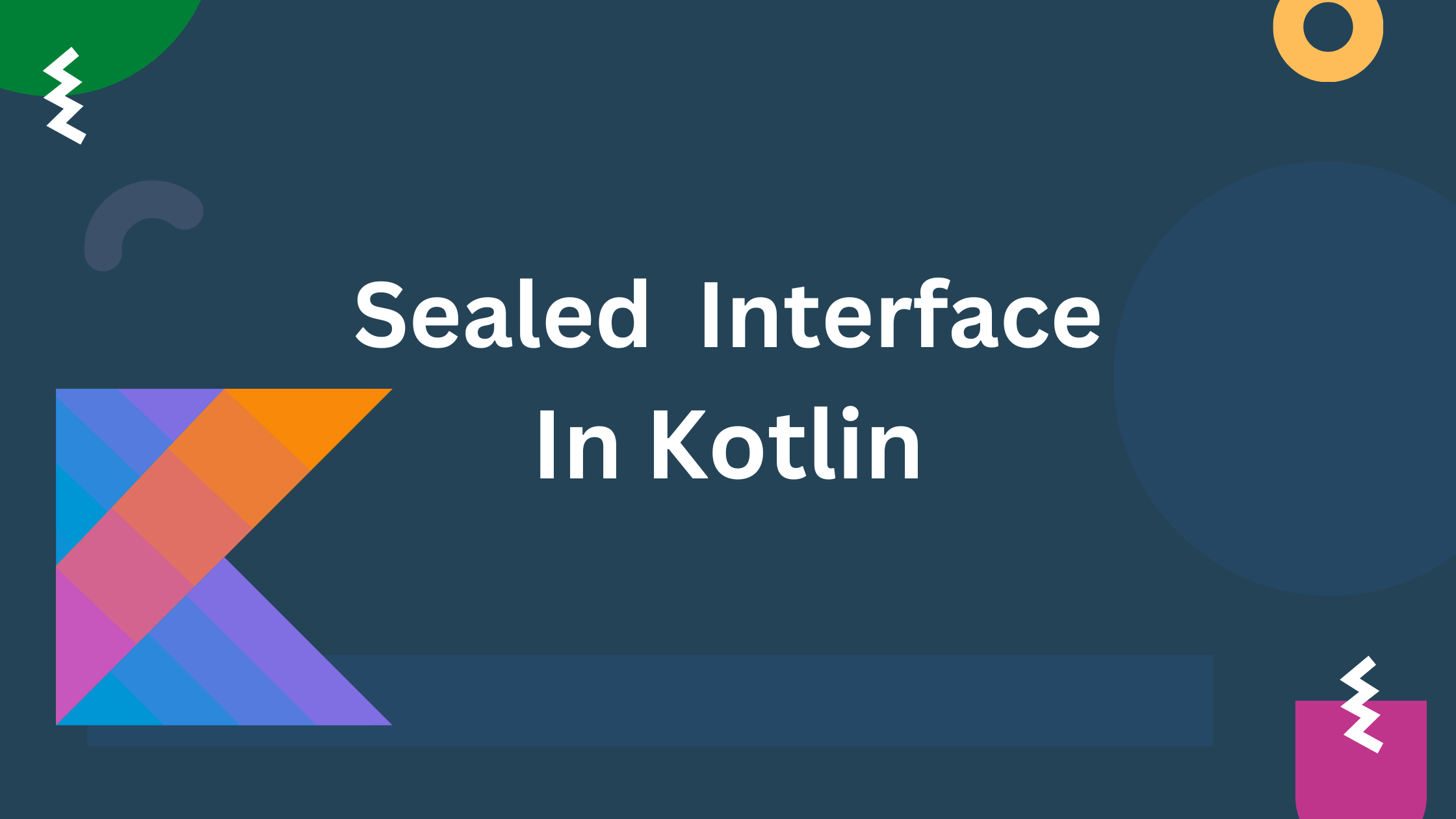Object expressions in Kotlin allow you to create anonymous objects, which are instances of unnamed classes, directly in your code. These objects can be used to implement interfaces, extend classes, or create instances of abstract classes without the need to define a named subclass.
Key Points about Object Expressions
- Object expressions are a convenient way to create instances of classes or implement interfaces on-the-fly.
- They are useful for scenarios where you need a single-use object without the overhead of defining a named class.
- Object expressions can contain properties, initializer blocks, and member functions just like regular classes.
- They are particularly powerful when used in conjunction with interfaces, allowing for flexible and concise code.
Basic Syntax
The syntax for defining an object expression is:
val obj = object : SuperType, Interface1, Interface2 {
// Members and methods of the anonymous object
}SuperType: The optional superclass or class to be extended by the anonymous object.Interface1,Interface2: The interfaces that the anonymous object implements.
Examples of Object Expression
Example1: Object Expression with Properties, Initializer Block, and Member Functions
fun main() {
// Define an object expression with properties, initializer block, and member functions
val person = object {
val name: String
val age: Int
// Initializer block
init {
println("Initializing Person object")
name = "John"
age = 30
}
// Member function
fun greet() {
println("Hello, my name is $name and I am $age years old.")
}
}
// Access properties and invoke member functions of the object
person.greet() // Output: Hello, my name is John and I am 30 years old.
}
- Explanation:
- We define an object expression using
object { ... }without specifying a superclass or implemented interfaces. - Inside the object:
- We declare properties (
nameandage) along with their types. - The
initblock initializes these properties (nameas"John"andageas30), performing initialization logic when the object is created. - We define a
greet()function as a member function of the object, which prints a greeting message using the object’s properties. - We create an instance of this anonymous object and store it in the
personvariable. - Finally, we invoke the
greet()function onpersonto demonstrate how properties and member functions defined within the object expression can be accessed and utilized.
- We declare properties (
Example 2: Object Expression Implementing an Interface
interface Shape {
fun draw()
}
fun main() {
val circle: Shape = object : Shape {
override fun draw() {
println("Drawing Circle")
}
}
circle.draw() // Output: Drawing Circle
}In this example, we define an anonymous object that implements the Shape interface using an object expression. We override the draw() function to specify how a circle should be drawn.
Example 3: Object Expression Extending a Class
open class Vehicle {
open fun start() {
println("Vehicle started")
}
}
fun main() {
val car = object : Vehicle() {
override fun start() {
println("Car started")
}
}
car.start() // Output: Car started
}Here, we create an anonymous subclass of Vehicle using an object expression. We override the start() function to specify the behavior of starting a car.
Example 4: Object Expression Extending Abstract class
abstract class Animal {
abstract fun makeSound()
}
fun main() {
// Create an anonymous subclass of Animal using an object expression
val cat = object : Animal() {
override fun makeSound() {
println("Meow!")
}
}
// Use the anonymous subclass
cat.makeSound() // Output: Meow!
}- We create an anonymous subclass of
Animalusingobject : Animal() { ... }. - Inside the object expression, we override the
makeSound()method to specify the sound of a cat (“Meow!”). - The
catvariable holds an instance of this anonymous subclass, and we invoke itsmakeSound()method to produce the output “Meow!”.
Example 5: Using Property Initialization
fun main() {
val person = object {
val name = "John"
val age = 30
}
println("Name: ${person.name}, Age: ${person.age}") // Output: Name: John, Age: 30
}In this example, an anonymous object is created with properties name and age initialized within an object expression. This allows for the creation of an object with properties directly in-place.
Example 6: Object Expression Implementing Multiple Interfaces
interface A {
fun foo()
}
interface B {
fun bar()
}
fun main() {
val obj = object : A, B {
override fun foo() {
println("foo() implementation")
}
override fun bar() {
println("bar() implementation")
}
}
obj.foo() // Output: foo() implementation
obj.bar() // Output: bar() implementation
}In this example, we use an object expression to implement both interfaces A and B in a single anonymous object. The object provides concrete implementations for the foo() and bar() functions.
Benefits of Object Expressions in Android
- Concise Implementation: Object expressions allow you to implement interfaces or extend classes inline, making your code more concise and readable.
- Anonymous Event Handlers: You can use object expressions to define anonymous event handlers for UI components, reducing the need for separate classes.
- Lightweight Singletons: Object expressions are great for creating lightweight singleton objects within Android components, such as helper classes or shared resources.
- Custom Adapter Implementations: Simplify
RecyclerVieworListViewadapter implementations by using object expressions directly withinsetAdapter(), especially for small or one-time use cases. - Listener Interfaces: Implement listener interfaces like
OnClickListenerorTextWatcherinline with object expressions, making UI-related logic more encapsulated and maintainable.
For more information about Object Expression, you can explore the details provided in the official Kotlin documentation on Object Expression.
Also Read :






